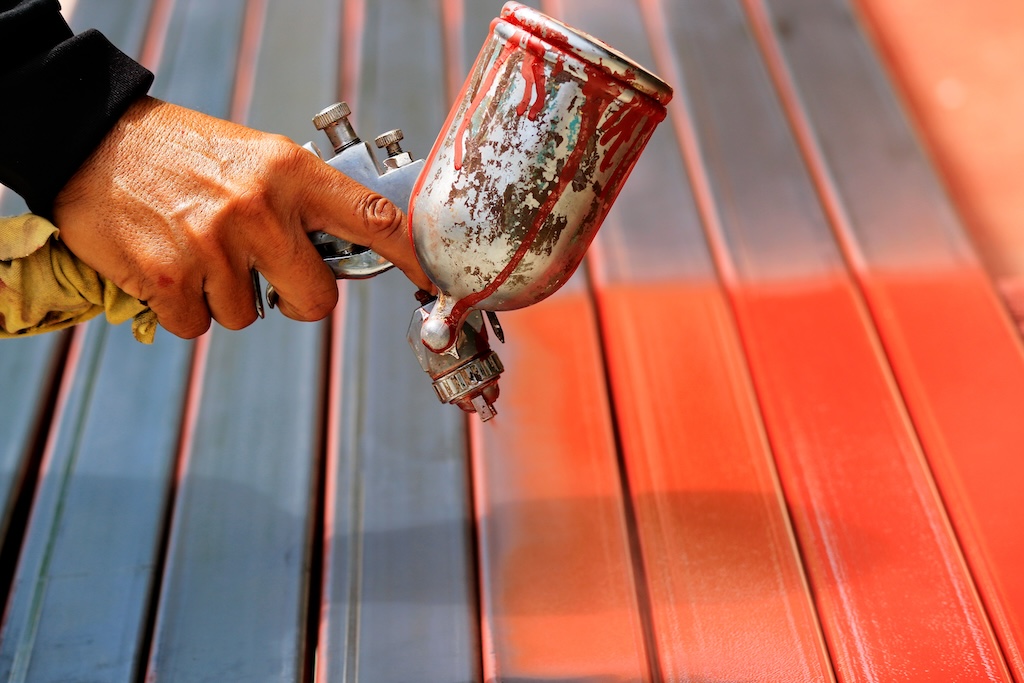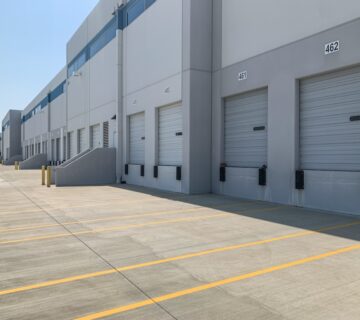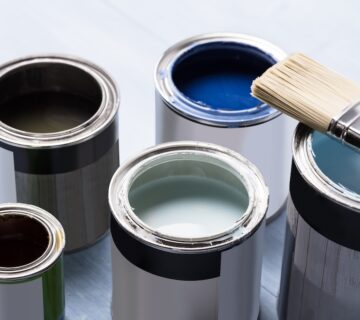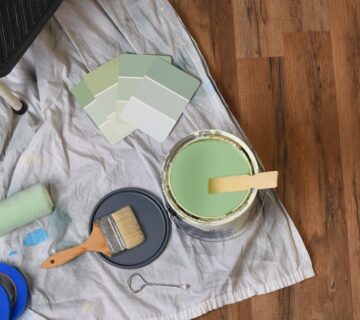Painting over challenging surfaces can be a daunting task. Whether it’s glossy finishes, unpainted metal, or old paint, knowing the right approach is key to a successful paint job. Having the correct tools and materials is crucial, and so is a patient, methodical approach. This blog outlines the dos and don’ts when painting over challenging surfaces, ensuring that your efforts result in a smooth and durable finish.
Glossy Surfaces
Do: Degloss and Prime
Glossy surfaces need to be deglossed to improve adhesion. Use sandpaper or a liquid deglosser, followed by a high-quality primer to ensure the paint sticks properly. This process will create a surface that the paint can bond to effectively. Skipping this step can result in a paint job that does not last or that looks unprofessional.
Don’t: Paint Directly Without Preparation
Never paint directly on glossy surfaces without proper preparation, as it can lead to peeling and flaking. The glossy layer can prevent the paint from bonding, leading to a waste of time and resources. Always invest the time in preparing the surface correctly to avoid common pitfalls associated with painting glossy surfaces.
Unpainted Metal
Do: Use Rust-Inhibiting Primer
For unpainted metal, especially if prone to rust, use a rust-inhibiting primer. This prevents corrosion and provides a good base for the paint. It also ensures that the finish will be even and last longer, protecting the metal from environmental factors.
Don’t: Ignore Rust
Never paint over rust without treating it first. It can lead to further deterioration under the paint. Rust must be addressed to prevent it from spreading and compromising the metal’s integrity and the paint’s appearance.
Old Paint
Do: Clean and Sand
Clean the old paint surface and sand it to create a smooth, even base. If the old paint is chalking or flaking, remove it before repainting. A smooth base is essential for a new coat of paint to adhere properly and last longer.
Don’t: Paint Over Damaged Paint
Avoid painting over old paint that is chalking, flaking, or blistering without proper preparation. These issues can cause the new paint to fail, wasting your efforts and the cost of materials.
Plastics
Do: Use a Special Primer
For plastics, use a primer designed specifically for plastic surfaces to enhance adhesion. This type of primer will ensure that the paint bonds well to the plastic and does not chip or peel off easily.
Don’t: Use Regular Paint Without a Primer
Regular paint without a suitable primer on plastic surfaces often results in poor adhesion. Such a mistake can be costly, as it might require a complete redo of the paint job.
Wet Surfaces
Do: Ensure Complete Dryness
Ensure the surface is completely dry before painting. Moisture can cause adhesion issues and blistering. Painting over a wet surface can ruin both the immediate and long-term quality of the paint job.
Don’t: Rush the Drying Process
Don’t rush the drying process of a wet surface before painting. It’s worth waiting for the right conditions to achieve the best results. Attempting to expedite the drying can result in an inferior finish.
Wood Surfaces
Do: Fill and Repair
Fill in any holes or cracks and repair any damage before painting wood surfaces. Use a suitable primer to seal the wood. This ensures a uniform surface which will hold the paint better and look more aesthetically pleasing.
Don’t: Leave Imperfections Unattended
Don’t paint over wood surfaces with imperfections like cracks or rot without addressing them first. These imperfections can worsen over time and lead to more significant issues with both the wood and the paint.
Final Thoughts
Successfully painting over challenging surfaces requires understanding the nature of the surface and undertaking the right preparation steps. Each type of surface presents unique challenges, but with careful preparation and the right techniques, you can overcome them. By following these dos and don’ts, you can ensure a durable and high-quality paint job that stands the test of time. For more painting advice and tips, visit our website at sisupainting.com and our blog at sisupainting.com/blog.





No comment